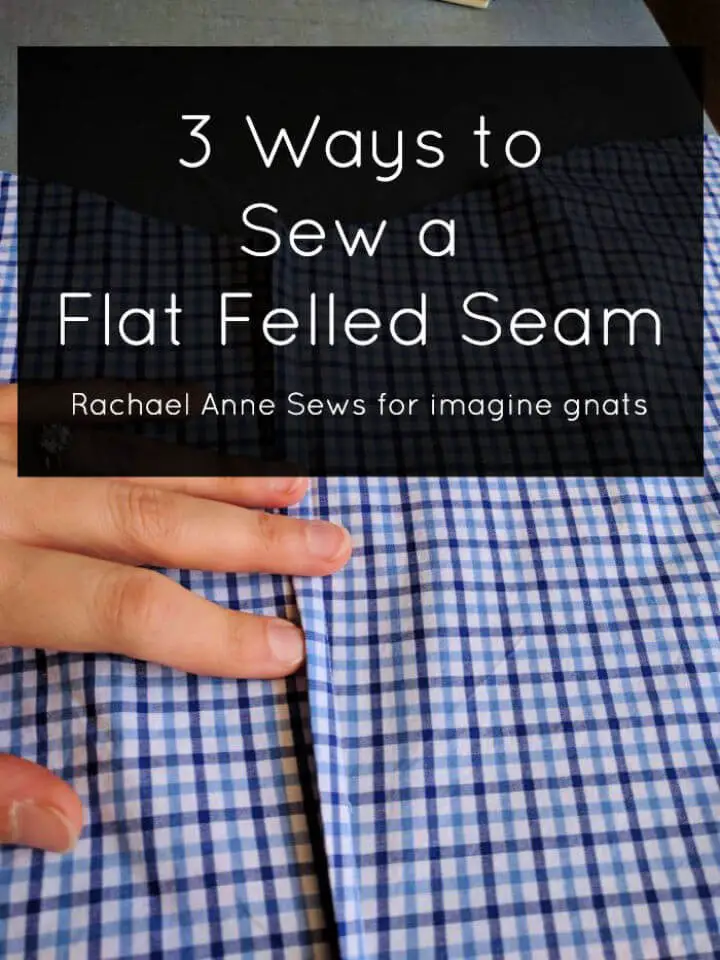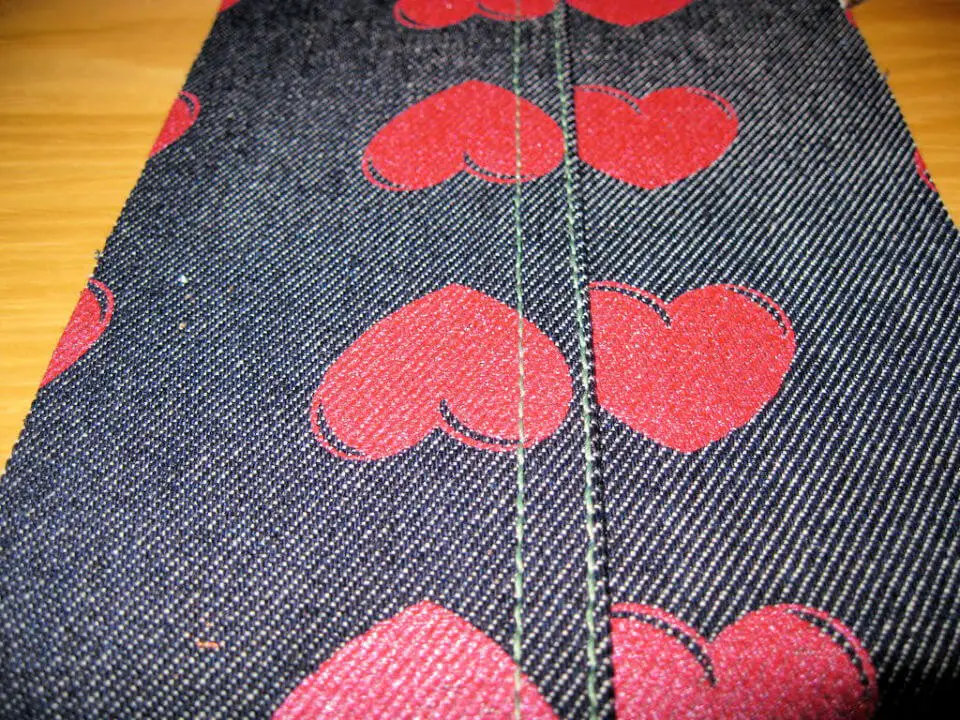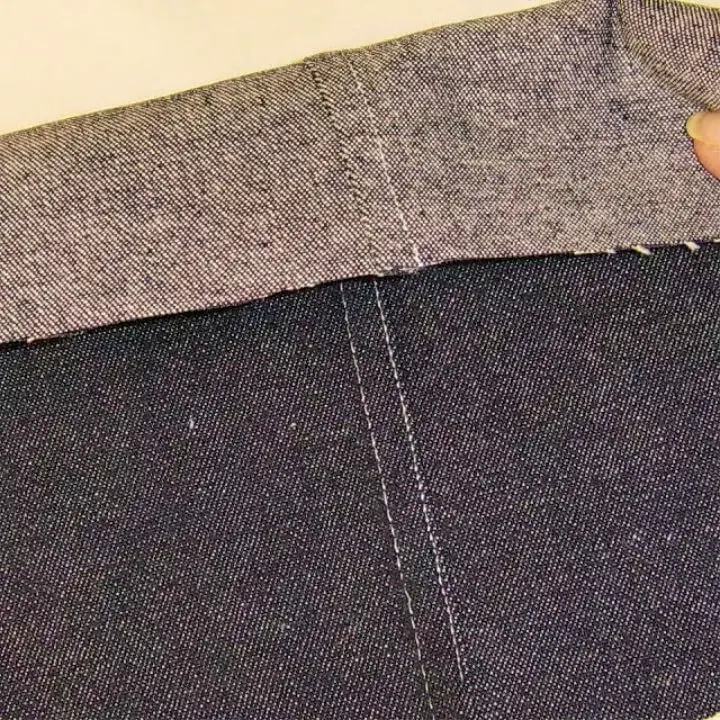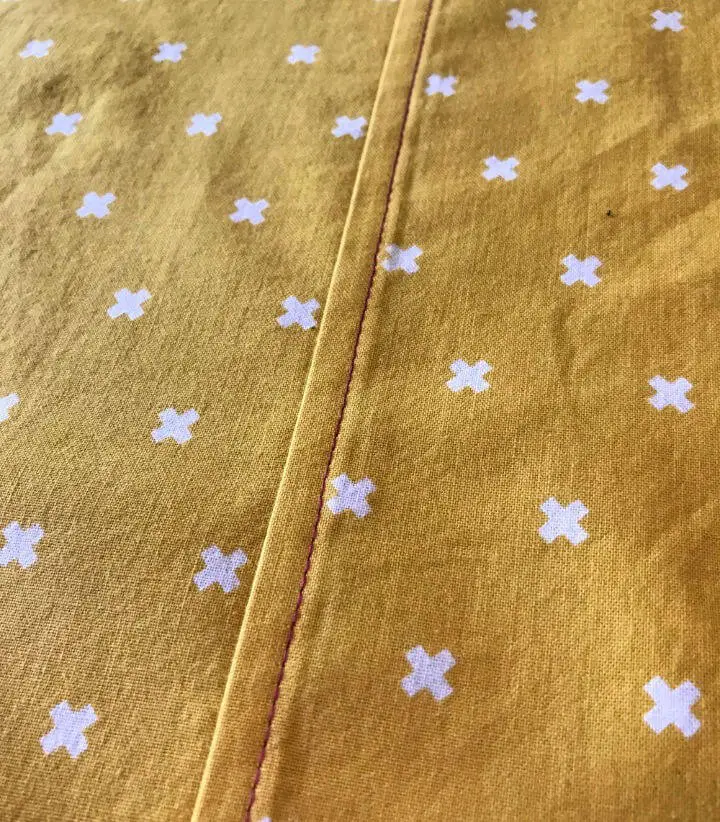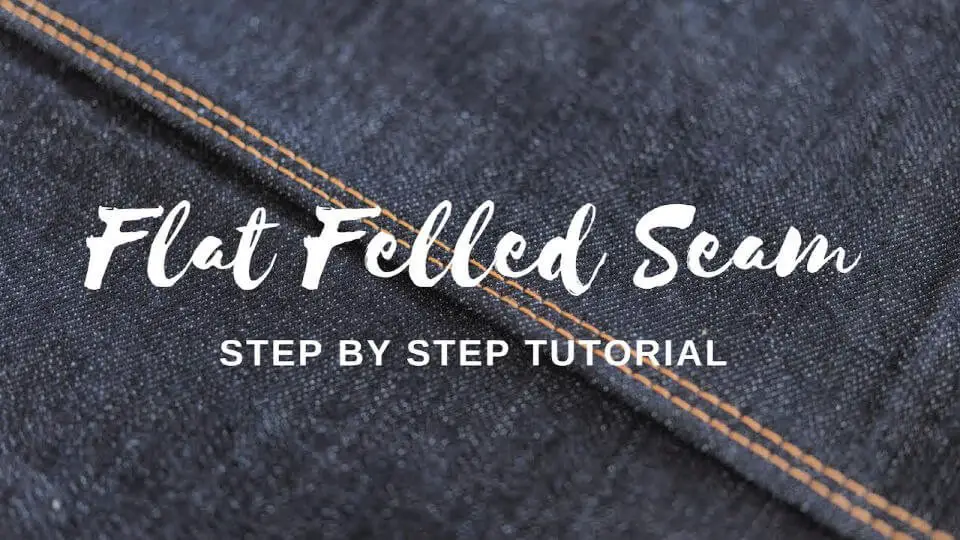How to Make a Flat Felled Seam?
When tackling projects that involve heavier fabrics, the flat felled seam is an ideal choice for achieving a durable and professional finish. This technique is particularly useful when you want to conceal raw edges and create a double line of stitches that provides added strength. To help you master this skill, we’ve curated 10 simple flat felled seam tutorials that provide step-by-step guidance on how to sew this seam with ease. The process involves sewing the fabric sides together with a basic seam, followed by a second plain seam on the wrong side, which encases the raw edges and results in a neat parallel line of stitches. This technique is widely used in industries such as garment manufacturing, where it’s often employed to create high-quality products like jeans, women’s clothing, and children’s shirts. By mastering this technique, you’ll be able to confidently sew heavier fabrics, opening up a world of possibilities for custom accessories, outfits, and more.
Three Ways to Sew a Flat Felled Seam
When it comes to sewing projects, creating a clean and professional finish is crucial. One of the most important aspects of achieving this is mastering the art of sewing seams. In fact, three specific techniques for sewing flat-felled seams can significantly enhance your sewing skills. By learning these methods, you’ll be able to tackle a variety of projects with confidence. Let’s dive into the details and explore how to achieve a flawless finish.
Flat Felled Seam Tutorial
To achieve seamless results in sewing, it’s essential to master various techniques. One such method is the flat felled seam, which demands attention to detail for precise stitching. This process requires two fabric pieces, thread, bobbin, dressmaking pins, a tape measure, iron, and scissors. By following these guidelines, you’ll be able to stitch your fabrics together with ease.
Flat-felled Seam Pattern and 2 Alternatives
When it comes to sewing, achieving a professional finish can make all the difference. To avoid raw edges in seams, opt for flat-felled seams instead. Not only do they ensure a neat and tidy appearance, but they also provide a durable and long-lasting result. To help you master this technique, I’ll be sharing instructions for creating a flat-felled seam pattern. As an added bonus, you’ll also receive two smart alternatives to take your sewing skills to the next level.
Sew Your Own a Flat-Felled Seam
The flat felled seam is a common technique used in casual kids’ clothing, characterized by two straight seams with no raw edge. High-quality garments often employ this seam as it ensures the stitches are durable and adds a touch of neatness to the design. To sew a flat felled seam on fabrics, you need to follow these steps: first, place the right sides together and align the edges; then, pin the fabric in place making sure the pins are about 1/4 inch from the edge; next, sew along the pinned edge using a straight stitch, backstitching at the beginning and end of the seam to secure it; finally, trim any excess thread and turn the fabric right side out, pressing the seam flat with an iron. This seam is particularly useful for kids’ clothing because it’s easy to work with and can be used on a variety of fabrics.
How to Sew a Flat Felled-seam – Free Pattern
When it comes to sewing jeans, the flat seam is widely regarded as the go-to choice among professionals and enthusiasts alike. As such, mastering the art of sewing a flat felled seam is an essential skill for anyone looking to take their denim-sewing game to the next level. This tutorial aims to demystify the process by providing a comprehensive guide, complete with a downloadable pattern, to help you conquer this iconic seam.
Easy Peasy Way to Sew a Felled Seam Finish
When examining jean seams, you may have noticed that they often lack excess edges that require trimming, even when looking at the wrong side. This seemingly magical phenomenon is actually achieved through the use of flat-felled seams in sewing. The result is a neat and durable finish, courtesy of the double line of stitches. By mastering this technique, you’ll be able to tackle sewing jeans with ease.
How to Sew a Flat Felled Seam
The flat felled seam is a game-changer when it comes to eliminating raw edges, providing a seamless finish that exudes professionalism. By incorporating this double seam technique into your garments, you can ensure that all raw edges are safely tucked away, resulting in a stronger and more durable construction. This method is particularly useful for sewing high-quality women’s garments and kids’ shirts, where a crisp and clean finish is essential. One of the best things about the flat felled seam is its versatility – it looks equally impressive when viewed from either the right or wrong side of the fabric.
Free Seam Sewing Pattern
To create a flat-felled seam quickly, start by sewing a standard seam. Then, turn the seam allowance to the wrong side and press it. Trim one half of the seam allowance to about 1/4 inch, leaving the other half longer. Next, fold the longer edge over the shorter edge and secure with basting pins. Once you’ve got everything in place, sew along the folded edge to create a neat and tidy finish that conceals all raw edges inside.
How to Sew a Flat-Felled Seam – Shopping Bag
Mastering flat felled seams unlocks a world of possibilities, even for humble shopping bags. With this fundamental sewing skill under your belt, you’ll be confident in tackling any project that comes your way – including crafting sturdy, durable bags that can withstand the weight of your daily essentials. Take inspiration from pre-made examples and get ready to sew like a pro with double seam magic on your side.
Sewing a Perfect Seam
When sewing high-quality jeans or other garments that require a strong stitch, consider using the flat-felled seam method. This technique produces a double line seam that is not only durable but also visually appealing. Unlike other seam types, flat-felled seams do not have rough edges and can be easily concealed if desired. Its ease of use makes it a popular choice for sewing jeans, shirts, and other items that require a professional-looking finish.
Conclusion:
Sewing flat felled seams can elevate the quality of your garments, making them long-lasting and professional-looking. To help you master this technique, I’ve curated 10 straightforward tutorials on flat felled seam construction. By contrast, lap felled seams and plain seams have distinct characteristics that set them apart from each other. With these easy-to-follow guides, you’ll be able to create high-quality garments that will withstand the test of time. So, fire up your sewing machine and let’s dive into the world of flat felled seams!

